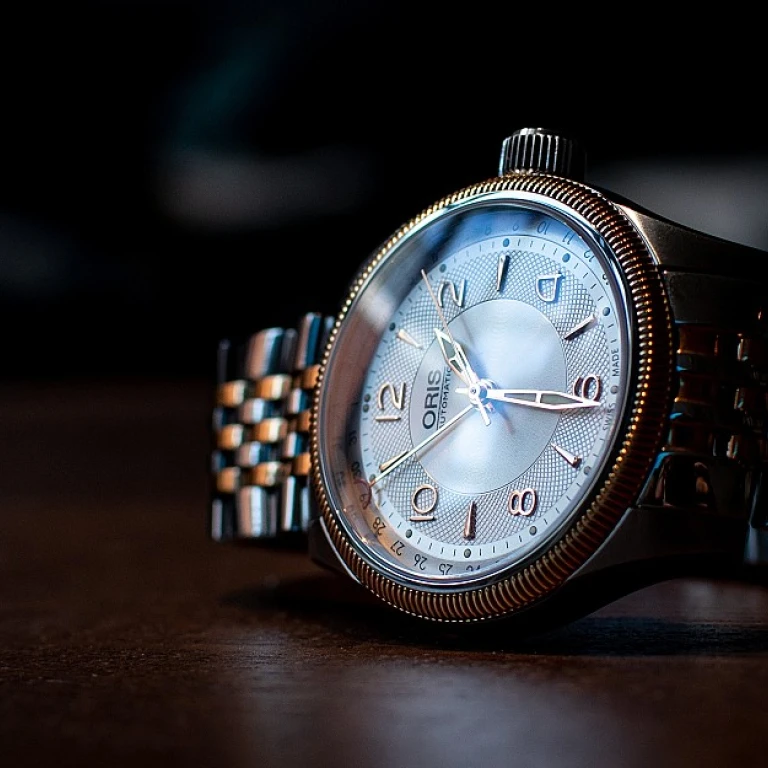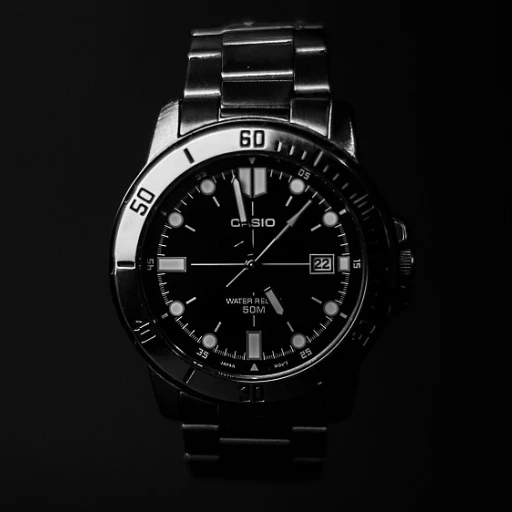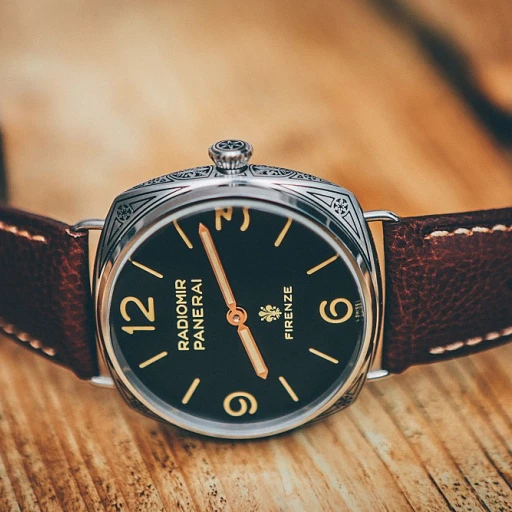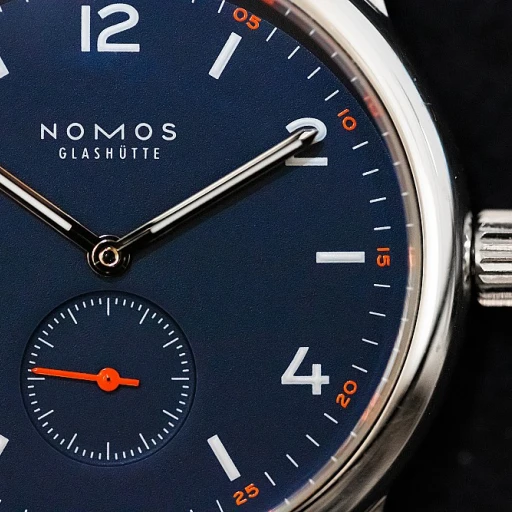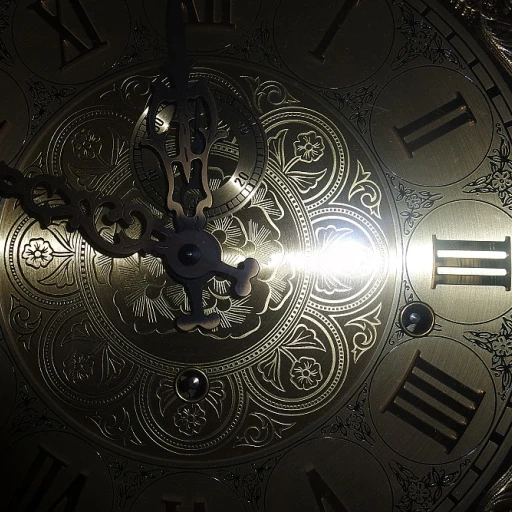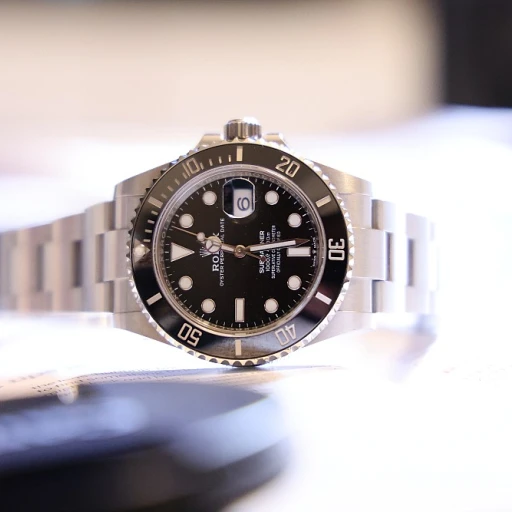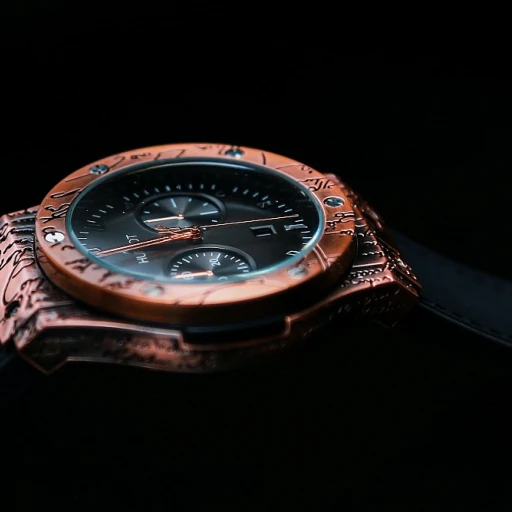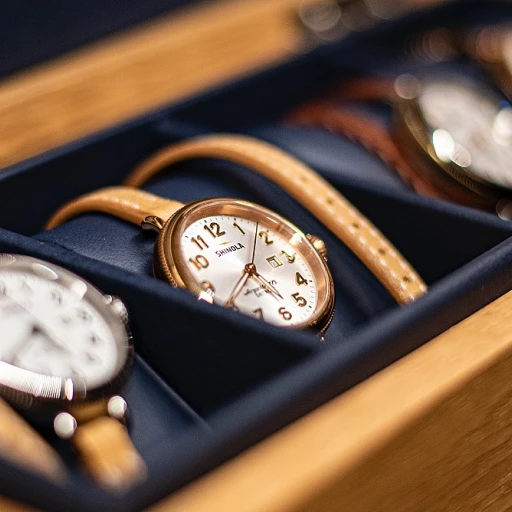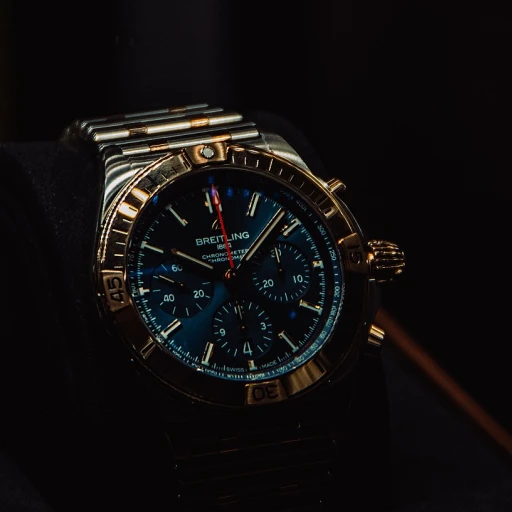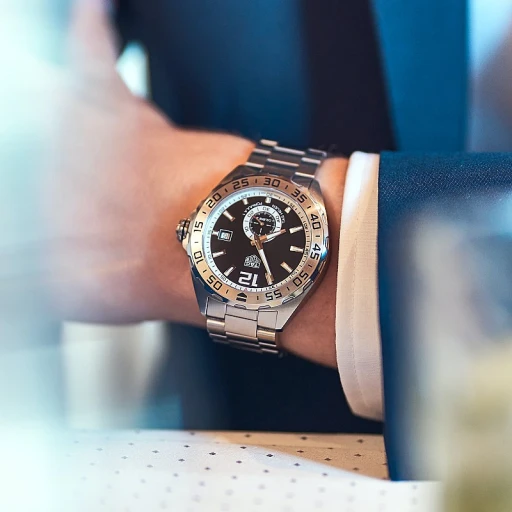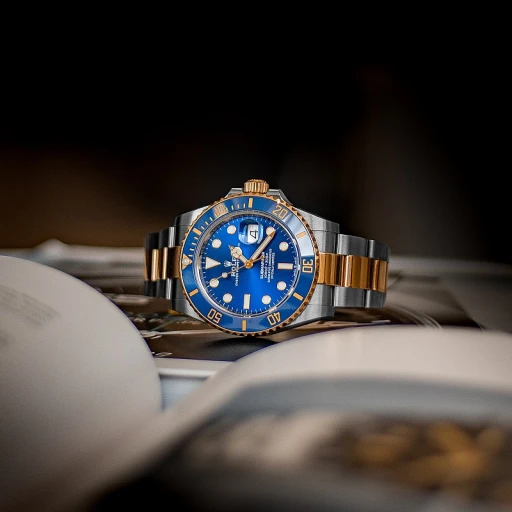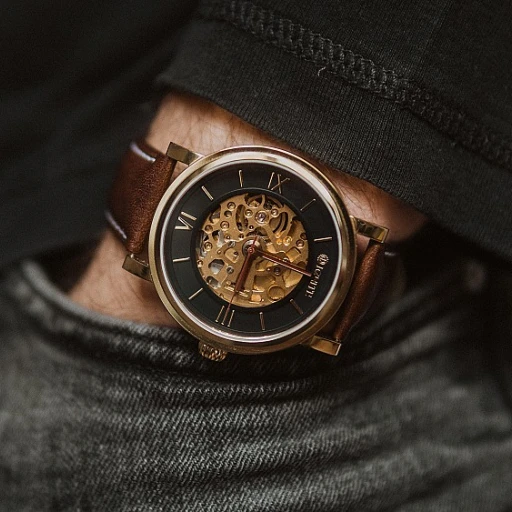
The Origins of the Tourbillon
The Historical Roots of a Horological Innovation
The tourbillon is a revered feat in watchmaking, first conceptualized over two centuries ago. Its inception was driven by the quest to conquer the challenges of gravitational forces affecting the precision of timekeeping. Born in an era where pocket watches dominated, the innovation aimed to enhance accuracy and reliability by rotating the entire movement within the watch case.
Initially, watchmakers faced the arduous task of perfecting the intricate tourbillon movement, which places the balance wheel and escapement in a constantly rotating tourbillon cage. This rotation counteracts the effects of gravity, thereby improving time accuracy. In this pioneering design, a single-axis tourbillon was the standard, yet over time, the progression to multi-axis and even flying tourbillon designs demonstrated the adaptability and evolution of this movement.
The unique aesthetic appeal of the tourbillon has ingratiated itself among horology enthusiasts and collectors. A tourbillon watch is not merely a timepiece but a living testament to the meticulous craftsmanship and tradition inherent in luxury watchmaking. The allure surrounding these intricate watches goes beyond their functional purpose, as they are often viewed as pinnacle pieces within any serious collection.
For those intrigued by the history and complexities of luxury timepieces, exploring parallels with the chimes in horological masterpieces provides an enriching understanding of the enduring charm and innovation in this specialized field.
Craftsmanship Behind the Tourbillon
The Mastery of Crafting a Tourbillon
Creating a tourbillon movement is nothing short of an art form, requiring an extraordinary level of skill, precision, and dedication. The watchmakers who specialize in crafting these timepieces are revered for their unparalleled expertise, honed over decades of meticulous practice. The complexity involved in assembling a tourbillon cage, which houses the balance wheel and escapement, speaks volumes about the watchmaking mastery required.
Synonymous with mechanical sophistication, a tourbillon watch demands significant attention to detail. Every component, from the minute axis to the gold or rose gold elements, must blend seamlessly. Master craftsmen labor patiently, ensuring that the components fit together with the perfect stroke width, thus achieving top-notch performance and aesthetics.
Flying tourbillons, an advanced iteration of the traditional design, present even greater challenges. These are suspended in the tourbillon case, allowing them to rotate without support, adding an elegant appearance to the dial but also increasing the complexity of the timepiece. Companies like Jaeger LeCoultre and Richard Mille have pushed the boundaries of what these watches can achieve, incorporating features like moon phase indicators and constant force mechanisms into their designs.
The artistry involved in tourbillon watches not only contributes to their hefty regular price but also enhances their collectible value among connoisseurs. For collectors and enthusiasts eager to delve deeper into the history and variations of mechanical masterpieces, exploring the intricacies of these movements can be as captivating as the timepieces themselves. To further understand the complexities imbued in these marvels, consider reading more about the intricacies of world time watches.
The Aesthetic Appeal of Tourbillon Watches
Refined Elegance and Intricate Designs: The Artistic Side of Tourbillon Watches
The aesthetic allure of tourbillon watches is undeniable, enticing collectors and horology enthusiasts with their mesmerizing movement within the dial. This beauty is often complemented by the choice materials and impeccable craftsmanship that hold the delicate mechanism together. One of the key distinguishing features of a tourbillon watch is the visible tourbillon mechanism on the dial, often showcased through an aperture, enhancing the watch’s visual intrigue. In some models, such as those incorporating the flying tourbillon design, the movement offers a more unobstructed view, adding to the watch’s charm. The exquisitely designed tourbillon cage spins gracefully, capturing the attention and admiration of any observer. The use of gold, particularly rose gold or a luxurious combination of materials, often complements the majestic dance of the tourbillon movement itself, adding richness and depth to the dial. Brands invest in crafting unique designs that merge functionality with aesthetic prowess, enhancing the elegance of the timepiece with luxurious elements. Whether it’s a Richard Mille or a Royal Oak, the attention to detail in stroke width and the placement of elements reflect the mastery of watchmaking. Other elements like the moon phase or the unique color contrast—such as a black or white dial adorned with a gold case—amplify the allure. The combination of intricate designs with the superior function of constant force ensures these watches remain timeless. The art of watchmaking encompasses not just superb technical proficiency but an aesthetic vision that transforms timekeeping into a fine art. For those interested in delving deeper into how gold complements such intricate designs, discover the allure and intricacies of gold-plated timepieces and understand how this precious metal enhances the opulence and sophistication of modern horological masterpieces.Technical Challenges in Tourbillon Manufacturing
Mastering the Intricacies: Technical Challenges in Crafting Tourbillon Timepieces
The quest to create a tourbillon watch is not just an adventure in aesthetic mastery but a foray into solving some of horology's most formidable technical challenges. The tourbillon, a marvel of watchmaking ingenuity, requires a profound understanding of mechanics and exquisite dexterity. One of the primary challenges lies within the tourbillon cage itself. The delicate balance required to ensure precision while minimizing weight demands meticulous craftsmanship. The balance wheel and the escapement are encased within this moving cage, all while retaining absolute accuracy. Additionally, the integration of a flying tourbillon, which omits the upper bridge, further tests a watchmaker’s skill as it demands extra precision and stability. Furthermore, the constant force mechanism represents another significant hurdle. This feature is critical for maintaining consistent timekeeping, especially given that the power reserve varies as the watch winds down. Implementing such mechanisms often involves sophisticated engineering solutions and high-precision machining. The use of complex multi-axis tourbillons adds a layer of challenge, swiveling the tourbillon movement on multiple planes, considerably enhancing timekeeping precision but increasing the difficulty of design and manufacture. Material choices also contribute to the intricacy. Watchmakers often use rose gold, titanium, or even sapphire, balancing beauty and functionality. Achieving perfect harmony in the stroke width of the engravings and the overall elegance of the dial requires not only technical prowess but also an artistic eye. From the modern wonders of the Royal Oak collection to the avant-garde designs of Richard Mille, technical mastery is at the heart of crafting tourbillon watches. These timepieces symbolize not just the passage of time but also the culmination of centuries of innovation, marrying artistry with mechanical precision in a prestigious manner.Tourbillon Timepieces in Modern Horology
Modern Mechanisms and the Tourbillon's Resilience
The journey of the tourbillon extends seamlessly into modern horology, where it continues to hold a prestigious position among luxury watches. Its journey, starting from its historical roots, has evolved through significant milestones in craftsmanship, establishing its status as a benchmark in watchmaking. Today's tourbillon timepieces showcase a delicate interplay of aesthetic allure and mechanical precision, embodying both heritage and cutting-edge innovation. Watchmakers persistently explore the minutiae of the tourbillon movement, ensuring it achieves unparalleled balance and time accuracy.- Evolution of Craftsmanship: Modern tourbillon watches, such as those by reputable brands like Jaeger-LeCoultre and Richard Mille, juxtapose the historical significance of this intricate mechanism with contemporary advancements. The horological community highly regards watches like the Royal Oak "Flying Tourbillon" for its craftsmanship and fortitude.
- Technical Nuances: Advanced versions like the flying tourbillon highlight remarkable mechanical ingenuity. Numerous designs focus on reducing the diameter of the tourbillon cage while maintaining efficiency and elegance. These innovations often incorporate constant force mechanisms and unique tourbillon cages to enhance power reserve, offering a competitive edge in terms of precision and performance.
- Horological Prestige: While the regular price of these timepieces reflects their exclusivity, the true worth of these watches lies in their mechanical marvel and historical importance. From the black and rose gold detailing of the case to the complexities within the dial, each element stands testament to profound skill.
- Technological Integration: The conversations in modern horology often revolve around technical challenges faced in tourbillon manufacturing. However, what's fascinating is how these challenges contribute towards a symbolic representation of mastery and resilience, making these watches favorites among collectors.
